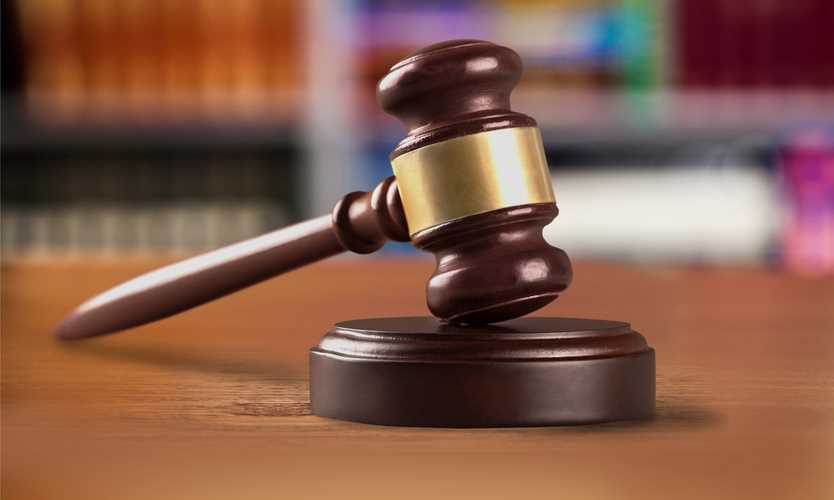Ohio Supreme Court affirms enhanced award for safety violation
- May 17, 2025
- Posted by: Web workers
- Category: Workers Comp

The Ohio Supreme Court affirmed a lower court’s ruling that a worker injured because of an employer’s specific safety requirement violation was entitled to enhanced benefits.
The court ruled in State ex rel. Prime Roof Solutions Inc. v. Industrial Commission of Ohio that “sufficient evidence” supports the determination that Prime Roof Solutions violated fall-protection rules, leading to Mauricio Rivera falling 18 feet to a concrete floor in July 2020. The evidence also justified the additional benefits award because of violation of specific safety requirements, the high court ruled.
Prime Roof hired Mr. Rivera to work on a project repairing a low-sloped metal roof in April 2018. On the third day of work, while the foreman was installing anchors for the fall-protection system, Mr. Rivera stepped on a skylight and fell through.
He received workers comp benefits for several injuries and petitioned for an additional award based on a violation of specific safety requirements.
A staff hearing officer determined that Prime Roof violated the rule requiring employers to provide safety belts or harnesses to those exposed to falls of more than 6 feet and awarded Mr. Rivera additional benefits of 15% of the maximum weekly rate.
The Industrial Commission denied Prime’s requests for a rehearing and reconsideration. The 10th District Court of Appeals also denied the company’s request to vacate the order.
In affirming that decision Tuesday, the high court said Ohio law at the time of the accident required fall protection for workers at least 6 feet off the ground.
Prime argued that an employer can’t be liable for violating a specific safety requirement relating to fall protection when the accident occurred while the worker was in the process of installing fall-protection devices.
The business argued that Mr. Rivera was walking around the roof looking for leaks when he fell. The company said this was part of the installation process because it needed to know where the work would be performed in order to set anchors for the fall-protection system.
The high court said the staff hearing officer twice asked the foreman why other workers were on the roof while he was installing the safety anchors, and the foreman said they were identifying leaks and developing a plan to fix them.
“Therefore, although Prime Roof asserts that Rivera fell while assisting in the anchor-installation process, the SHO had heard evidence allowing her to conclude otherwise,” the high court said. “Specifically, the foreman testified that Rivera was on the roof before installation of the anchors to identify leak locations and to create a plan for repairing those leaks.”
WorkCompCentral is a sister publication of Business Insurance. More stories here.



